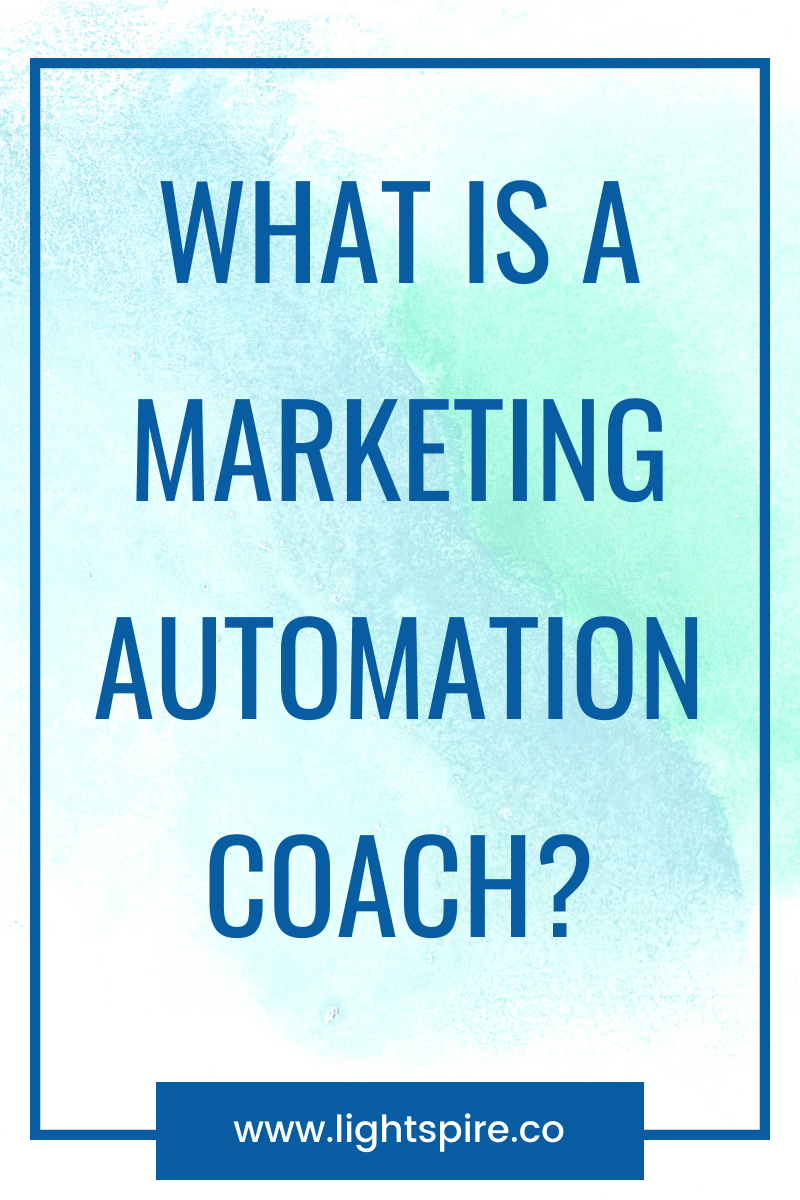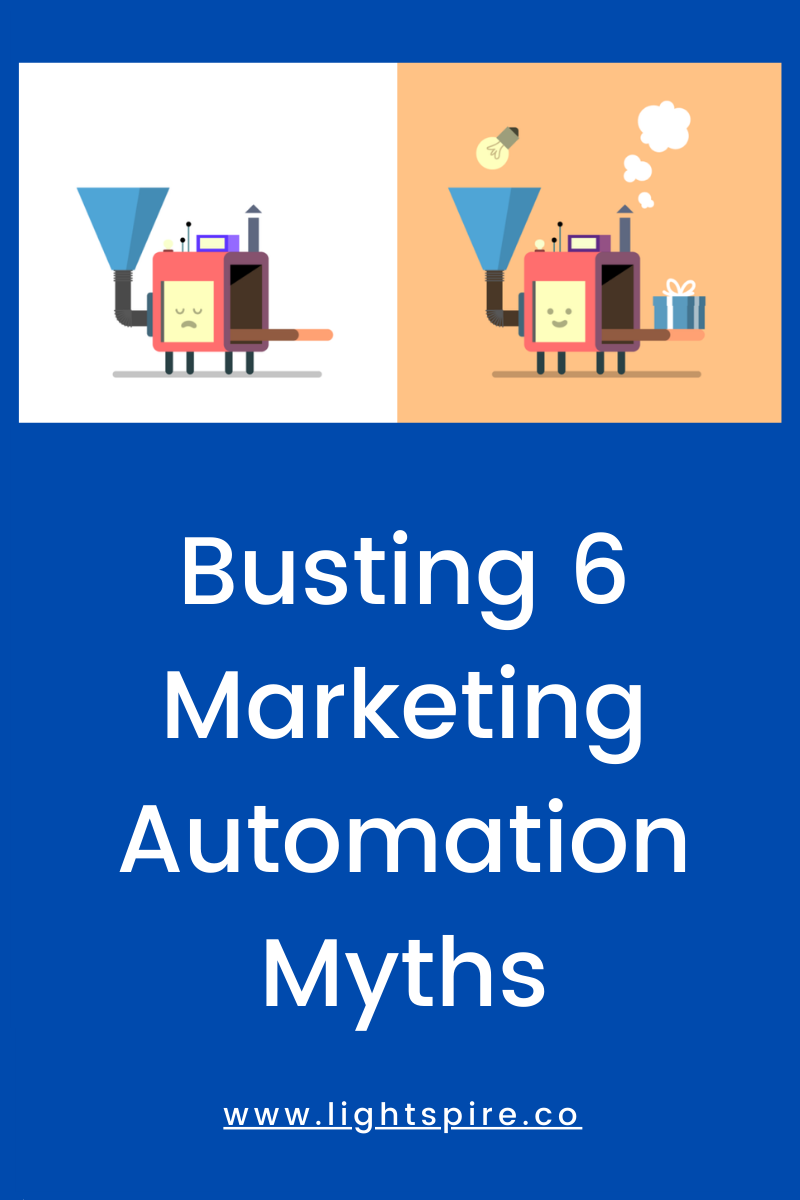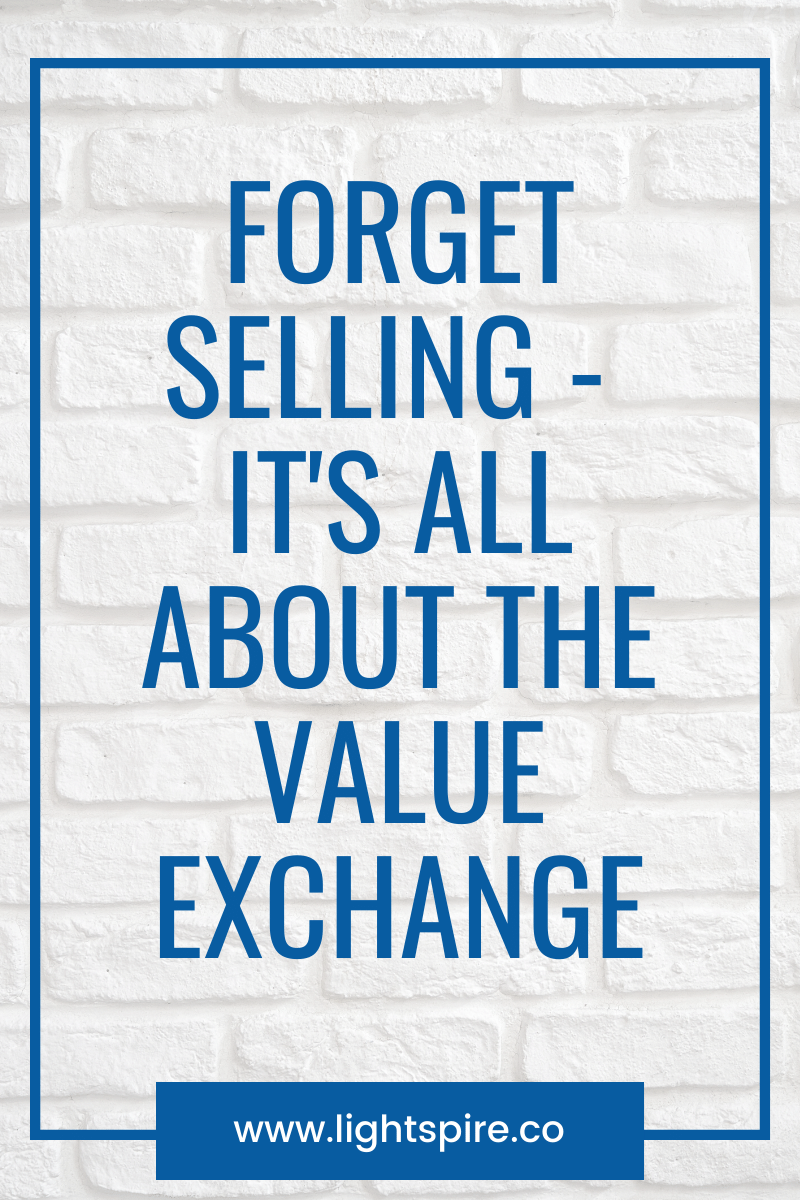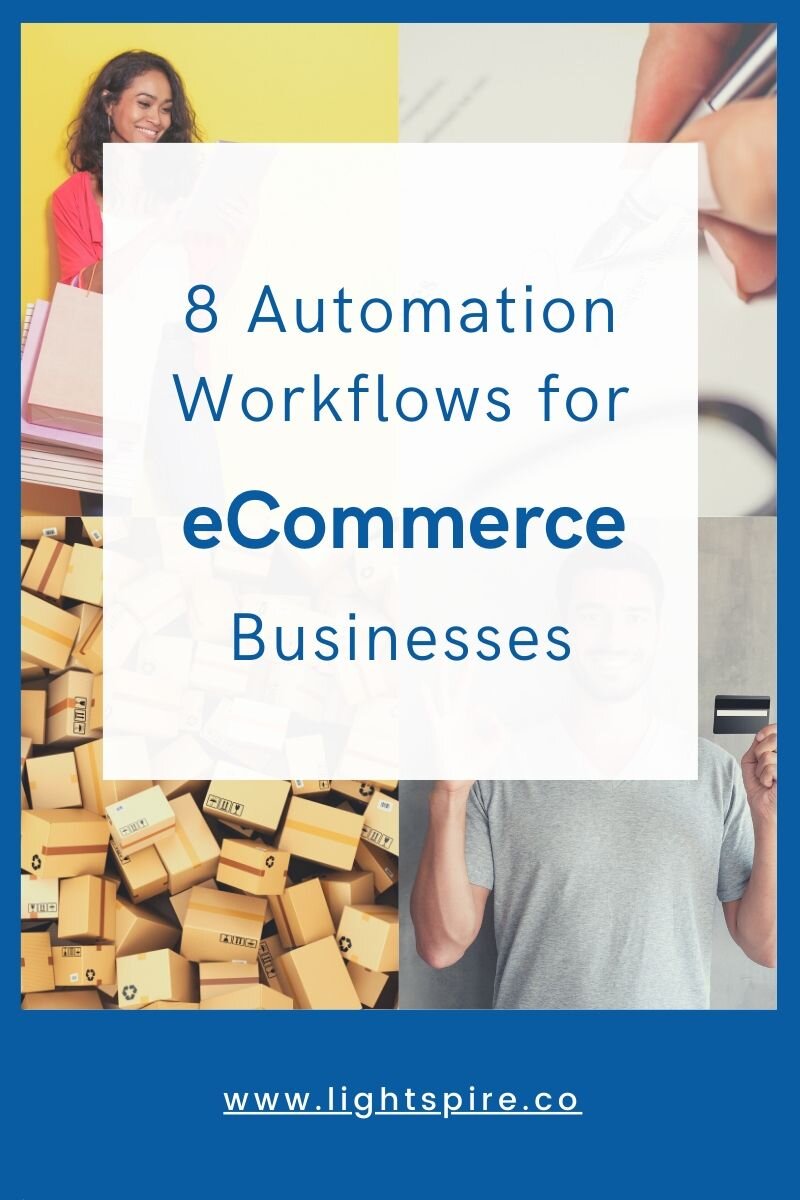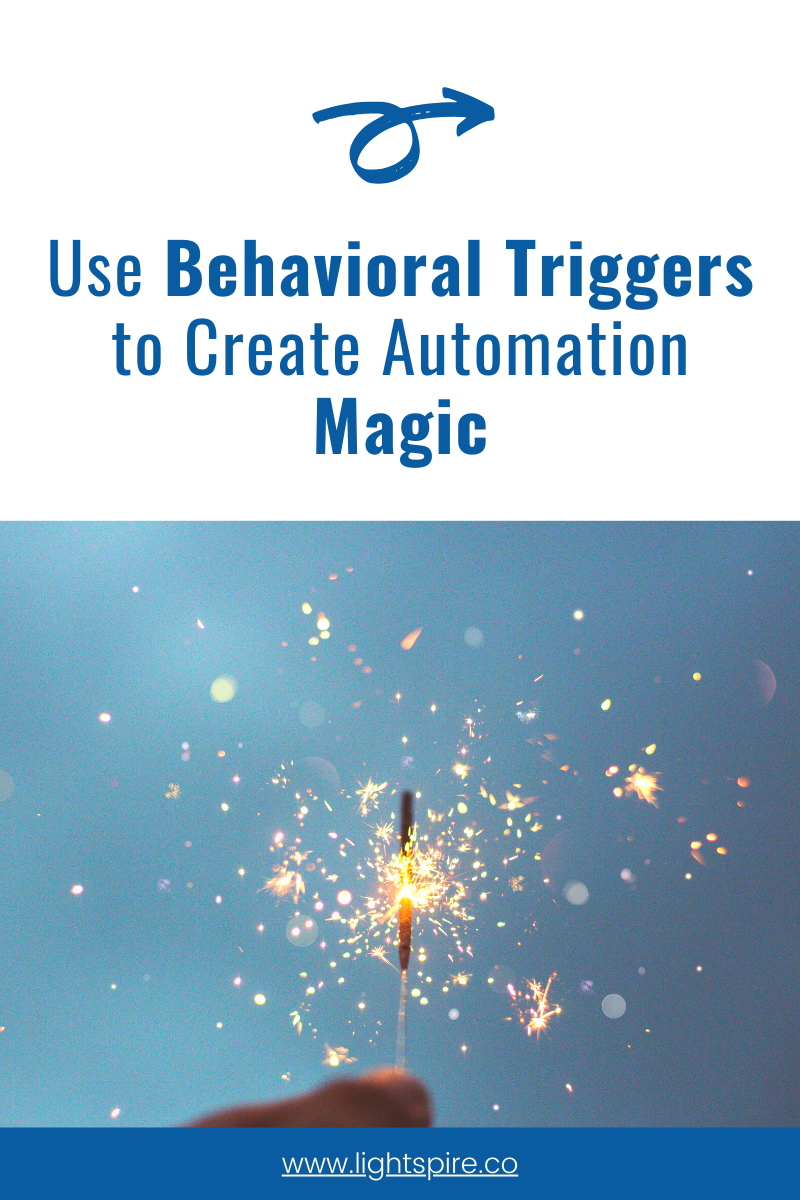The Top 7 Benefits of Marketing Automation
As a solo marketer running a startup back in 2012, I needed a way to produce a huge amount of impact with my marketing, as well as a way to compete with businesses that had much larger teams and budgets than I did. I hadn’t even found my cofounder at this point, let alone hired a team, so I was doing everything myself. How was I going to get the word out about my business while leaving enough time in the day to work on my product, raise money, and occasionally eat? If you’re a title-reading kind of person, you likely already know the answer: I taught myself marketing automation.
Now, when I say “taught myself automation”, it probably looked very different from what an entrepreneur or small business marketer would learn today. The marketing automation industry was in a period of huge consolidation from 2010 to 2014, with over $5.5 billion worth of acquisitions in just five years. This meant that we hadn’t yet reached the point where a small startup could afford to use a full-service marketing automation platform with all the bells and whistles. So I pieced together my own automated system from free and low-cost tools, connected it together with Zapier, duct tape, and prayers, and let it run to see what it would do.
The results were pretty impressive (if I do say so myself). A few months later I was growing my following on Twitter and Facebook by over 15% week over week, adding engaged subscribers to my email list, and gaining a loyal audience for my beta product. And I was spending just over an hour each week on all of my outreach across all platforms.
But is this repeatable? And what kind of results can the average startup or small business see today when they adopt marketing automation?
Let’s go through the top benefits of marketing automation, and how it can help your business grow and thrive.
Create a more engaging and personalized customer experience.
By far the biggest benefit of strategic marketing automation is in reaching your customers with the right information at the right time. While it would be lovely to deliver handwritten notes with inside jokes and perfect product recommendations to each of the unique snowflakes in your audience, this kind of outreach doesn’t scale. Small businesses and startups need to find ways to provide personalized and tailored resources to their customers in a way that they can repeat and grow, no matter how large the audience gets.
Automation is the key to providing personalized customer experiences that support your audience. By appropriately segmenting your audience and designing workflows based on customer actions, you can provide resources and communicate with your customers based on where they are in the buying process, what products they’ve liked in the past, how skilled they are with your product, how close they are to your location, and more. Each customer will receive the communication that is perfect for their unique situation.
“Automation is the key to providing personalized customer experiences that support your audience.”
Marketing automation should never be robotic. By automating your outreach strategically and segmenting your audience appropriately, you can create more engaging and authentic experiences for your customers, and leave yourself more time to engage live, answer questions, and interact with your audience on social channels.
2. Identify and nurture your highest quality leads.
Lead scoring and lead grading are two commonly used techniques to qualify leads — that is, to determine if a lead is worth passing from your marketing team on to sales. Lead scoring with marketing automation software means that you can automatically assign a numerical value to your leads to show how interested they are in your product or service. You assign points based on actions that you consider valuable in your process, for example when a customer visits your pricing page or downloads your ebook. Lead grading assigns a letter grade based on a number of factors and rules that you set up in your automation system.
Automated lead scoring helps marketing and sales work together to source higher quality leads
By automating this lead qualification process, you can assign these scores in your marketing automation platform and hand the highest quality leads on to your sales team without any additional involvement from marketing. If sales doesn’t feel like they’re getting high quality leads, they can then work with the marketing team to adjust the lead qualification rules in your system or assign a higher threshold for passing leads along. Communication between the two teams often gets better during this process, and you’ll know that you are objectively determining which leads to pursue based on measurable criteria.
3. Create a repeatable process with more predictable results.
As you scale up your marketing operations, process becomes very important. This is the difference between trying desperately to download your brain to each new hire and having a branded, well-thought-out onboarding guide for them to follow to learn the marketing ropes. Your automation stack should be simple, effective, and seamless, using as few tools as possible to get the job done.
With a streamlined automated strategy, your customers can move from the awareness stage through to interest, conversion, engagement, and advocacy in a process that you can visualize and repeat. While the ways that customers move through the process will be a little different each time, and you can never have 100% predictability, you will be able to see patterns emerge over time and better forecast your results.
Having clearly repeatable processes makes it easier to bring on new team members, have transparent conversations about marketing at every stage of the customer journey, and outsource parts of your process as you scale. All of these things make your organization more efficient, adaptable, and primed for growth.
Ready to see marketing automation in action?
Check out these examples of great automation from top brands.
4. Gain deep understanding of your customers using data.
While we’ve just talked about predictability, there is a reality that we can’t ever predict with certainty what our customers will do. As Ian E. Wilson, former Chairman of GE, says, “ No amount of sophistication is going to allay the fact that all of your knowledge is about the past, and all of your decisions are about the future”. But in data we trust, and in data we have our best chance at understanding our customers enough to guess what they might do next, and to act based on an aggregated understanding of our audience as a whole.
“No amount of sophistication is going to allay the fact that all of your knowledge is about the past, and all of your decisions are about the future”
Most marketing automation platforms make it simple to consolidate user data, visualize it, and analyze customer trends over time. By pulling in this data across email, your website, social media, and elsewhere, you gain a full understanding of your customers as people, and their journey with your company and products.
Klaviyo is an example of a marketing automation platform with a great summary view showing customer data
In the past, it was pretty hard to attribute traffic to the marketing method used. If you put an ad out on the radio at the same time as one on TV, there was almost no way of knowing which one had more of an impact on your sales. Today, your marketing automation software can help you make sense of all of your marketing efforts across all channels and devices, even zooming in to decisions and actions taken by individual customers.
5. Create lasting relationships that encourage loyalty and advocacy.
Whether you’re in B2B or B2C marketing, your relationships with your customers are based on trust, value, and loyalty. By providing resources when your customers need them (and not spamming them when they don’t) you build up trust in your brand and your team. By reaching out in the places where your customers want to hear from you (and leaving them alone on channels where they’d like privacy), you build up loyalty and trust in your company. By providing strategic recommendations for products and services when your customers need them most you offer value. All of these things are simpler and more scalable with automated outreach and communications.
Marketing automation software helps you be there for your customers, without letting anything slip through the cracks. It’s as if you had a friendly robot assistant reminding you to call friends on their birthdays (or even calling them for you). While the process is only as good as the workflows and messaging that you set up, the system enables effortless communication and relationship building with your best and most loyal customers.
6. Free up your time to focus on more strategic tasks.
The time savings aspect of marketing automation is probably the biggest draw for busy entrepreneurs, and the easiest benefit to see right away. We all wear so many hats, and try to fit in so many tasks in each day, that any way to save a little bit of time is valuable and important.
Automation is not a “set it and forget it” strategy, but it does free up valuable time to focus on your product, your business, and your customers. While you will need to pay attention to customer data, A/B tests, and adding high quality content at all parts of your marketing funnel, there is no doubt that you will have a bit more time on your hands.
“Automation is not a “set it and forget it” strategy, but it does free up valuable time to focus on your product, your business, and your customers.”
Repetitive, time-consuming, or mundane tasks are actually the perfect ones to automate first. You’ll see huge gains in your productivity, and the boost in energy you get from saving so much time may lead you to take on those bigger strategic tasks that you’ve been putting off.
7. Easily test, optimize, and test again.
With marketing automation, marketing teams can immediately understand which messages best resonate with each segment of your audience, as well as where, when, and how to send those messages for optimal results. You can continuously test, optimize, and re-test different messages, creative executions, and even subject lines. This type of information is critical to optimize content, resulting in less time – and money – going to waste.
While you can never reach a state of “perfection” in your automated workflows, you can get to a point where things are running efficiently and seamlessly with little intervention from you or your team. Then you’ll be ready to create a new workflow for another audience segment or product and start again!
Ready to unlock the benefits of automation for your business? Check out my Mastering Marketing Automation course. We take a deep dive into the strategy behind automation, as well as the day-to-day techniques you can use to automate your email, social media, and more.






